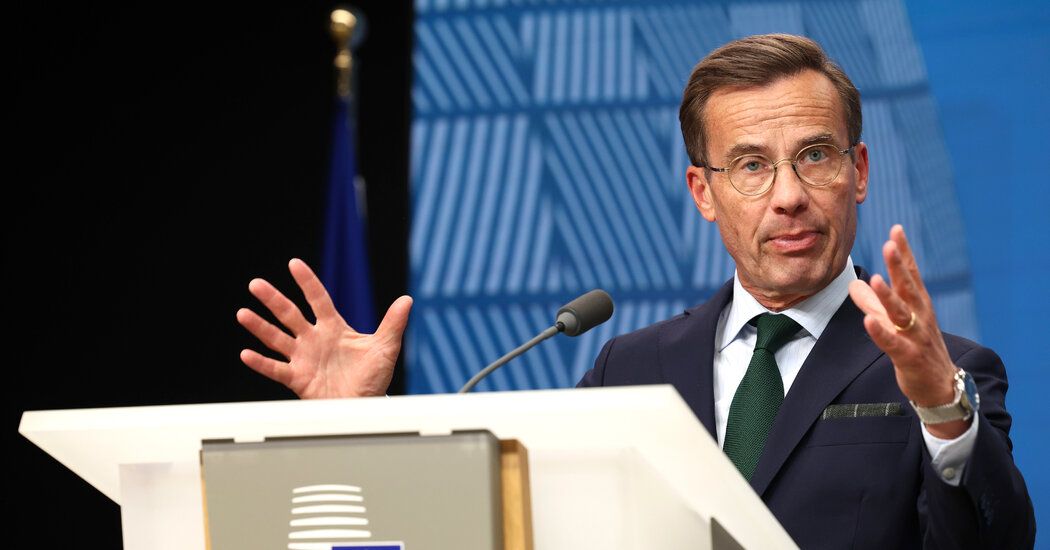Russia-Ukraine War
As Moscow’s invasion of Ukraine continues to reshape geopolitics, the virtual summit of the Shanghai Cooperation Organization on Tuesday offered the leaders of China, India and Russia a chance to further their foreign policy objectives.
Here’s a brief guide to the relationships between the three countries and the distinct agenda each leader brought to the meeting:
The meeting gave President Vladimir V. Putin of Russia a chance to project stability and authority, 10 days after the end of a mutiny that briefly threatened his power.
The support of China’s leader, Xi Jinping, who paid a state visit to Moscow in March, has proved pivotal for Mr. Putin, allowing him to argue that Russia has resisted attempts by NATO countries to isolate him and is supported by a network of sympathetic states. On Tuesday, Mr. Putin called for a “multipolar world” in an apparent reference to the role of these countries as a bulwark against Washington.
China has reaffirmed its support for Mr. Putin and analysts say the relationship is likely to remain strong — but it could also cause Beijing to consider how its own geopolitical, economic and territorial interests would be affected if Mr. Putin were to fall from power, and thus to find ways to hedge that support.
Moscow has relied for revenue on exports of crude oil sold at discounted prices to India and China, since the United States and other countries, notably in Europe, imposed sanctions because of the invasion of Ukraine.
What are China’s strategic concerns?
China has made a long-term bet on Mr. Putin as a partner in challenging a global order that is dominated by the United States. Tuesday’s summit helped to cement that partnership, if only in an incremental sense.
In his speech, Mr. Xi referred indirectly to grievances against the United States by calling for an end to “hegemonism” and “power politics.”
But he did not refer to suspicions in Beijing that India, whose prime minister Narendra Modi paid a state visit to Washington last month, could be moving closer to the United States in a bid to blunt China’s strength.
India is also a member of a security-focused coalition with the United States called the Quad, which also includes Australia and Japan. Beijing views the Quad as a tool to contain China and relations between India and China have been strained by a border dispute.
And what are India’s goals?
For Mr. Modi, the summit was a forum to balance out India’s ties with the United States and other Western allies as it exercises a policy of nonalignment. While Mr. Modi traveled to Washington last month, he has met Mr. Xi at least 18 times, including before he became India’s leader in 2014. Analysts say he is interested in the similarity between China’s one-party rule and his own brand of leadership, in which he maintains a grip on power within a democracy by wielding, in part, a deep understanding of India’s grass roots.
Mr. Xi and Mr. Modi are bound by an economic interest as Mr. Modi looks to Beijing for answers on the question of how to advance India’s economy. Although the populations of the two nations are on par, China’s economy is roughly five times the size of India’s in part because China began to open its economy to market forces and pursue land reform and export-led growth a decade earlier than India.
India, which has deep defense ties with Russia, has not condemned Moscow’s invasion of Ukraine, even while it expands its relationships with the United States and countries in Europe that strongly back the government in Kyiv.
India has also positioned itself as a champion of some of the world’s poorer nations, arguing that Western sanctions on Russia are hurting developing countries the most.
Source: The New York Times


